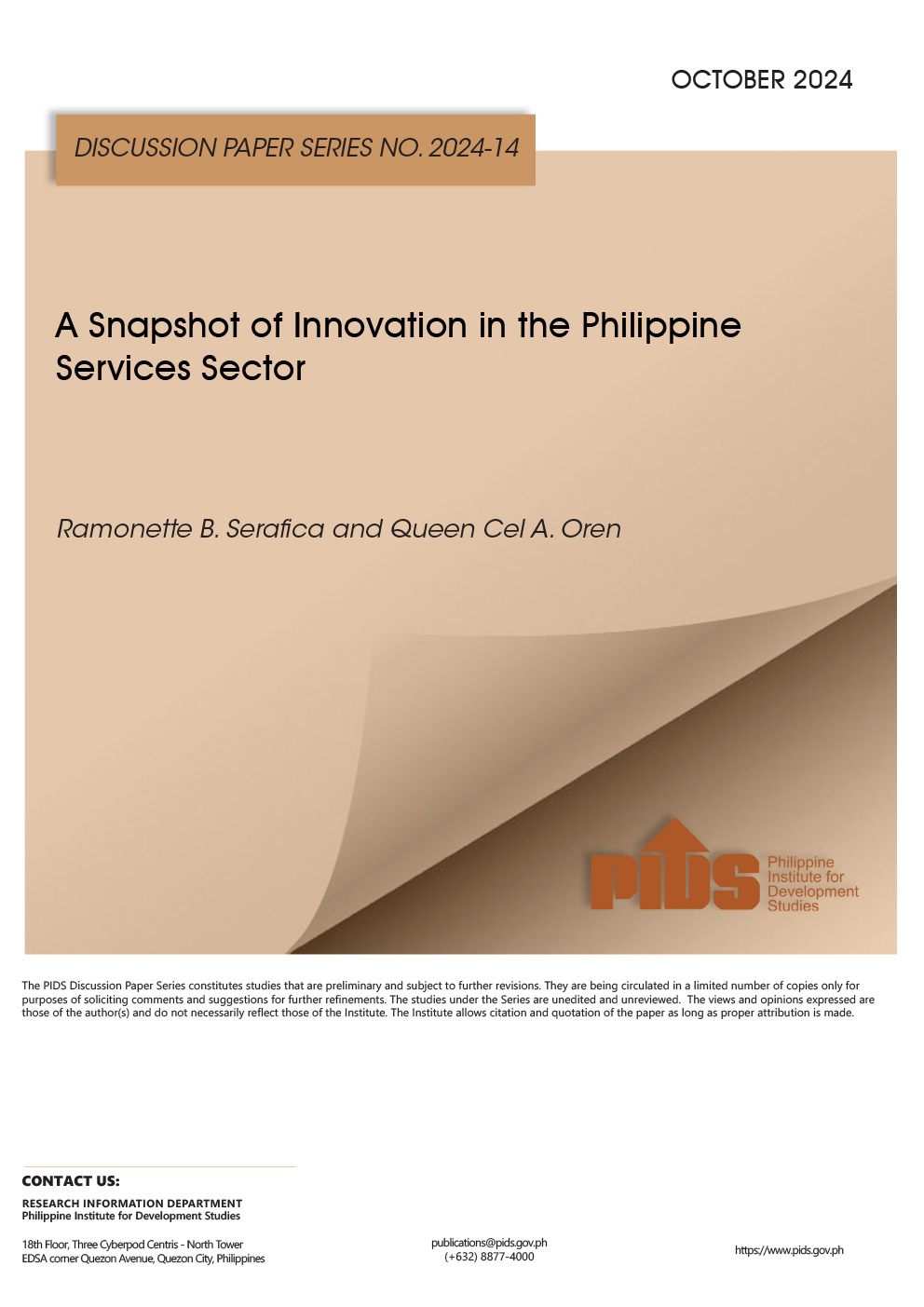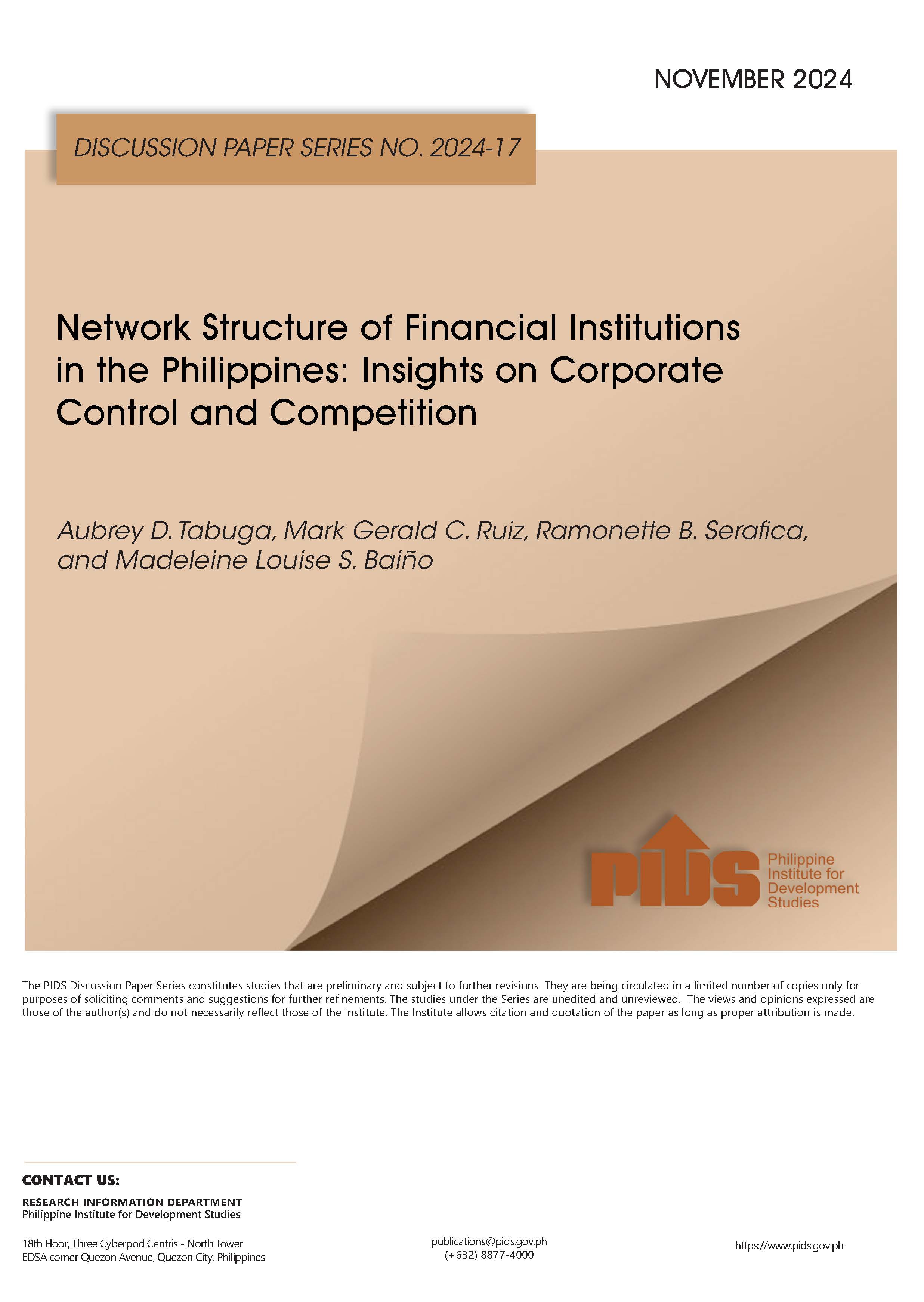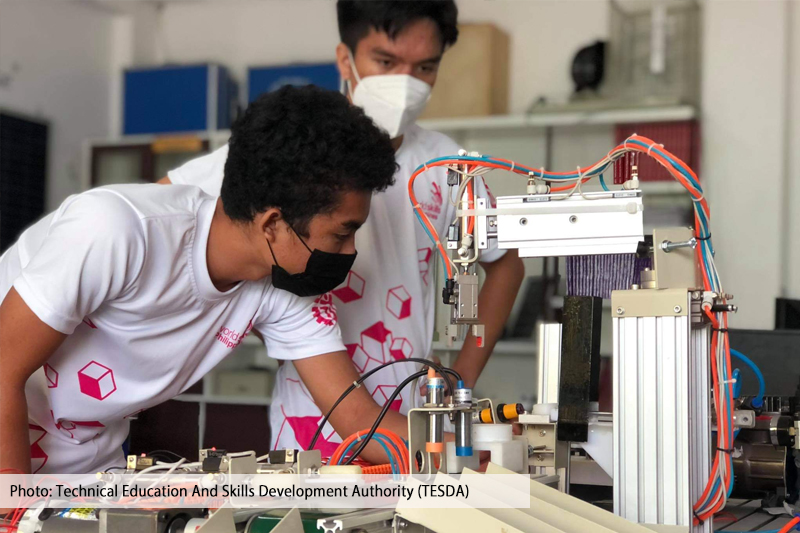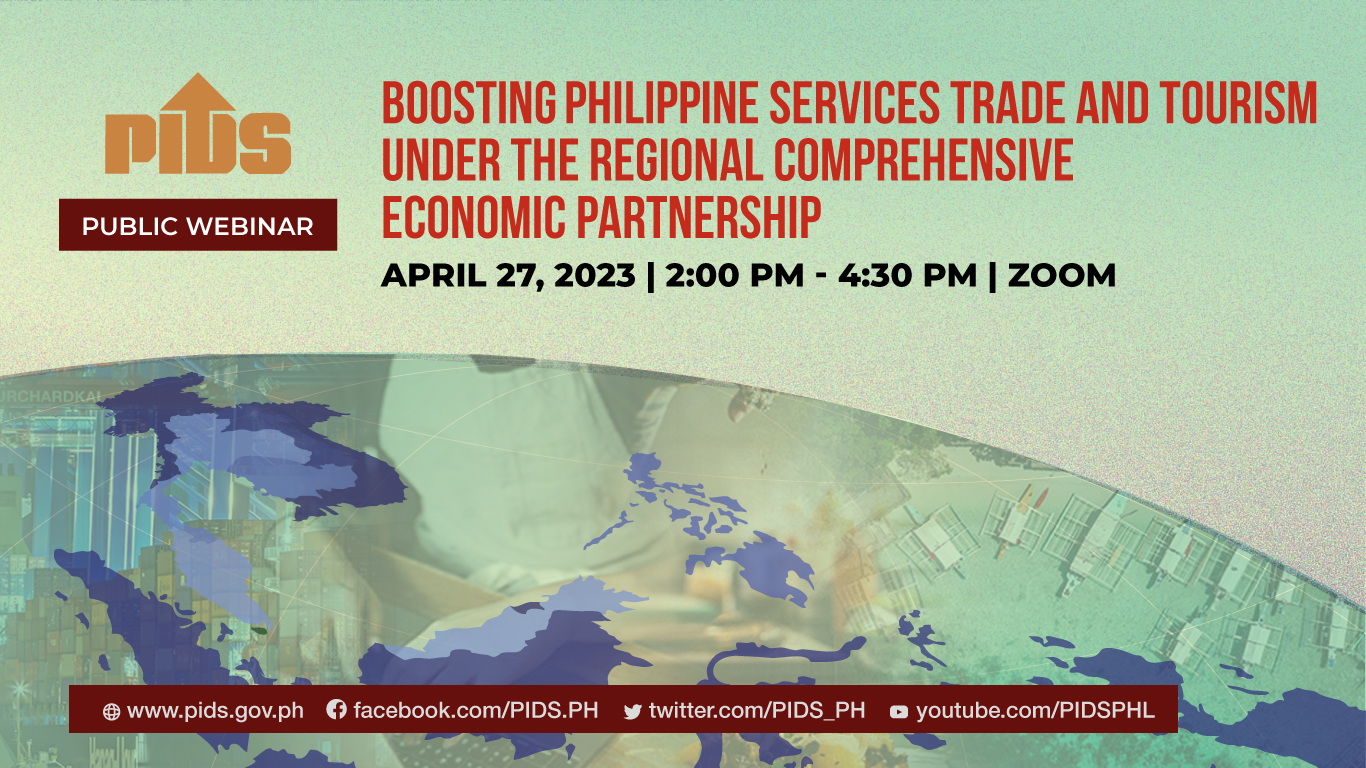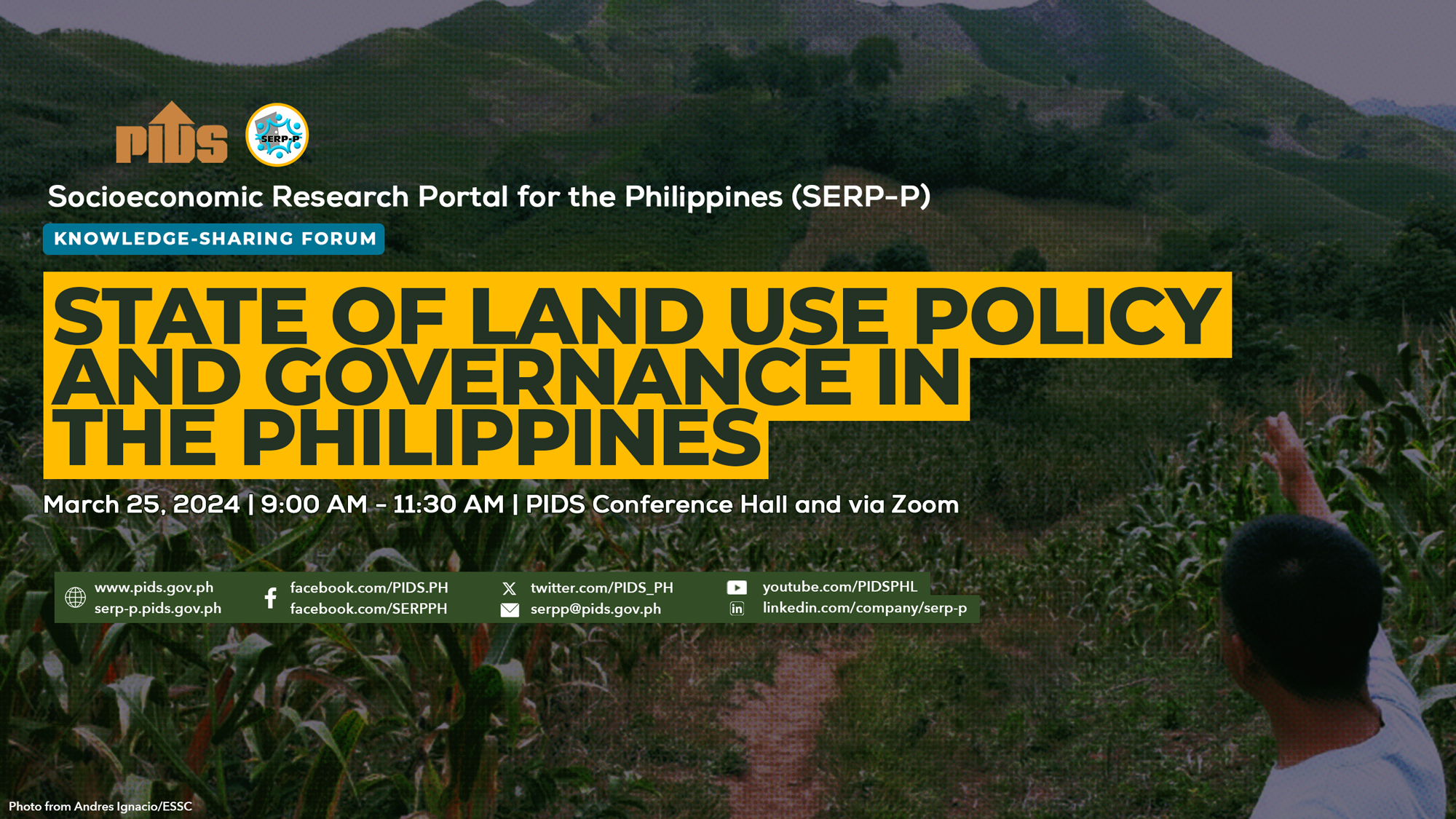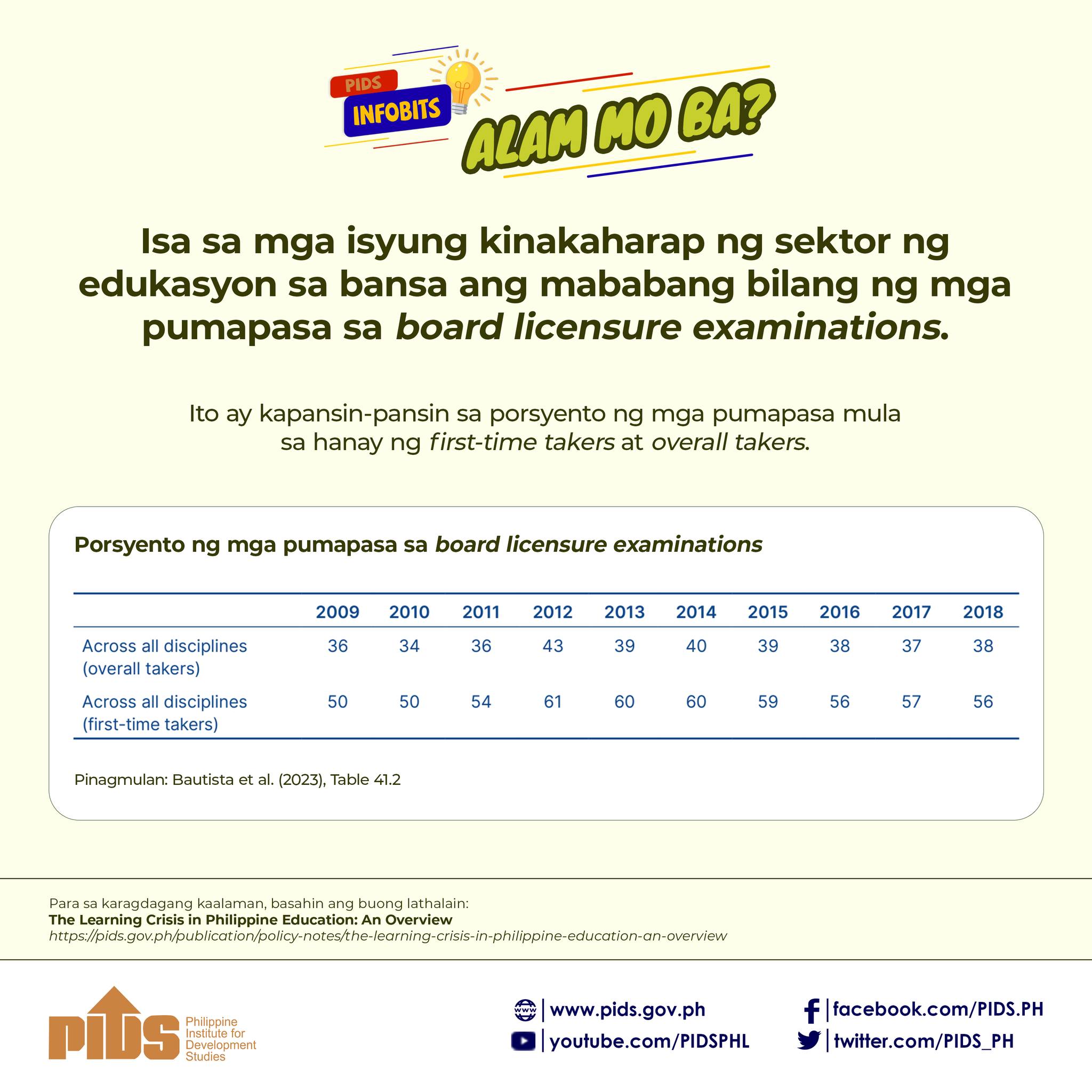THE Philippines needs to work on the global competitiveness of the country’s agricultural sector by opening up the rice sector to free trade with enough safety net, the government think tank said.
The Philippine Institute for Development Studies (PIDS) said in a statement on Thursday doing so would prepare the sector for the eventual expiration of the quantitative restriction (QR).
"With the QR on import of rice, expected to be abolished in July 2017, in the Philippines, it is a need of the hour to work out an interim strategy to build the capacity of domestic farmers and other actors to face international competition,” PIDS Senior Fellow Roehlano Briones said during the Third National Reference Group meeting in Manila.
The meeting discussed the key findings of the Philippines Diagnostic Country Report. It came up with a national advocacy plan, which used the Total Welfare Impact Simulator for Trade, a model for economic surplus analysis.
Using free trade scenario and import quota scenario, Briones said pursuing a free trade regime on rice sector will be the way forward for the country.
The free trade scenario model suggest that "rice imports in 2013 would have been 3.8 billion tons higher than the actual 404,702 tons,” Briones said citing a PIDS study. In such a scenario, the average retail price of rice at P33.70 per kilogram would drop to equal the border price of P19.80 per kilogram.
The PIDS study said consumer surplus will rise by P178 billion, more than offsetting the P34 billion and P5.6 billion decline in the producer surplus and the importer’s revenue respectively, resulting in a consumer surplus of P138 billion, or over $3 billion.
Using the import quota scenario, imports were relaxed and allowed to reach 1 million tons against the actual 404,702 tons in 2013.
The model suggests that "retail prices would fall by P2.18 per kilogram,” the study said.
With this scenario, consumer surplus would climb by P25.7 billion, while producer or farmer surplus would fall by P6.6 billion. Importers, however, would gain by P6 billion. The economy as a whole, according to this model, would benefit by P25 billion.
Briones explained "that pursuing a free-trade regime in the rice sector will lead to an aggregate benefit of over $3 billion.”
As the farmers have been mainly shielded from the necessary global competition in order to grow and "received limited investment, they are unprepared for liberalization, according to a PIDS statement.
"Further, along with the farmers, the millers and other members of the rice value chain are also expected to face losses,” the statement said.
With the expected opening up of the import market, the PIDS noted the importance of safety nets to ensure protection of farmers and other stakeholders, which "calls for an interim strategy that should be the focus of the Philippines government, especially since the QR is likely to not be renewed.”
The meeting, the PIDS said, concluded that in the rice sector, "a competitiveness package would be chalked out to prepare the rice chain for international market and the role of National Food Authority, which holds the import monopoly, would be revisited.”//

